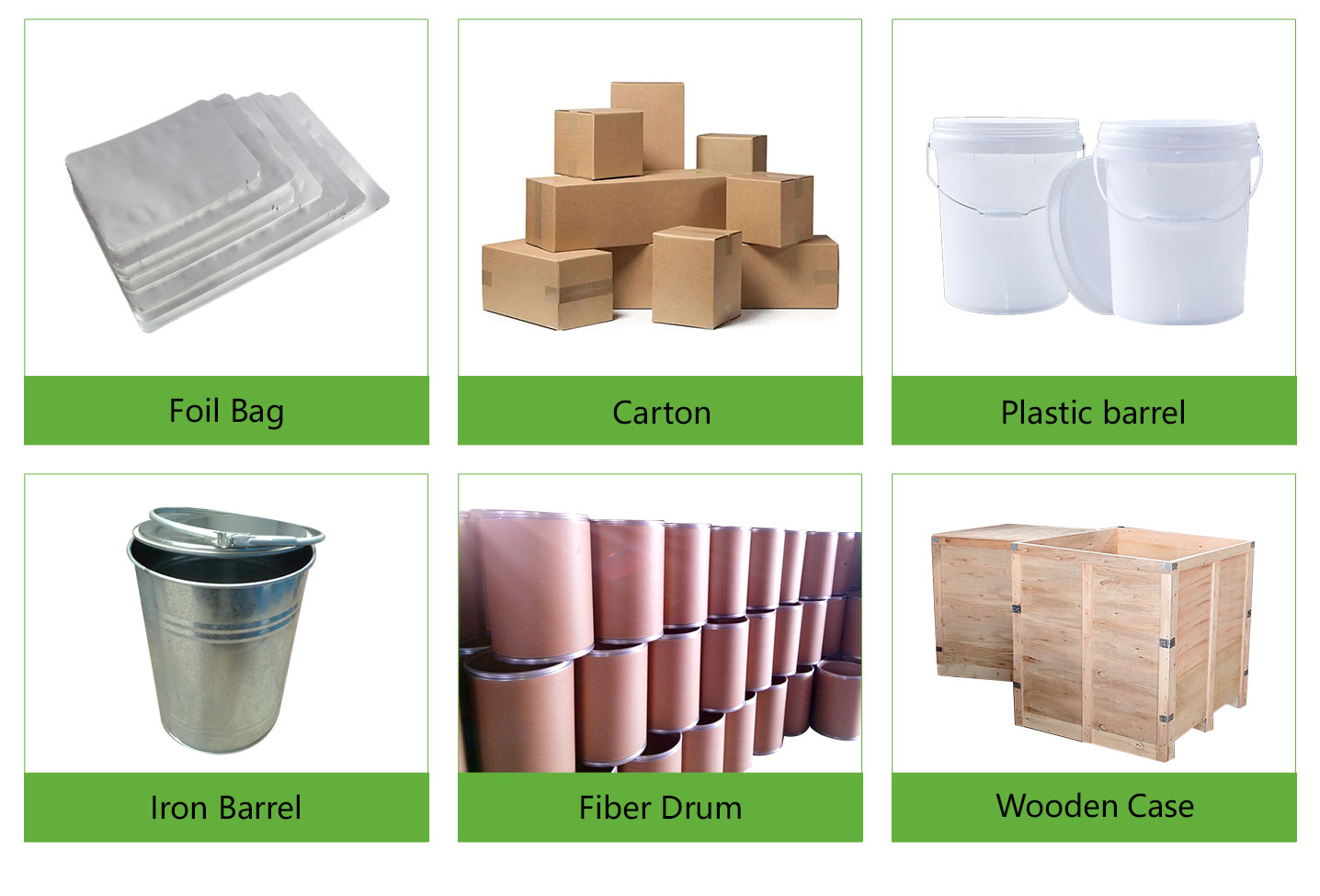If you are looking for high-quality products, please feel free to contact us and send an inquiry, email: brad@ihpa.net
About Tin Sn Powder:
Tin powder is a silvery-white shiny soft metal (tetragonal and cubic), ductile. The melting temperature of 231.88 ℃.The boiling point of 2270 ℃.The relative density is 7.28.Tin powder is soluble in concentrated hydrochloric acid, sulfuric acid, aqua regia, concentrated nitric acid, hot caustic solution, slowly soluble in cold dilute hydrochloric acid, dilute nitric acid and hot dilute sulfuric acid, cold caustic solution, in acetic acid more slowly. Stable in air, but tin powder is more easily oxidized, especially in humid air more easily oxidized.Tin powder is a material used in the electronic industry and used as a high purity reagent.
Tin is a natural element in the earth’s crust. It is a soft, white, silvery metal that does not dissolve in water. It is found in a brass, bronze, tin and some welding materials.Tin is used to pack cans of food, drinks and aerosols.Tin can combine with other chemicals to form compounds. Combinations with chemicals such as chlorine, sulfur, or oxygen are called inorganic tin compounds (i.e., stannous chloride, stannous sulfide, and stannous oxide). They are used in toothpaste, perfumes, soaps, food additives and dyes.Tin can also combine with carbon to form organotin compounds (i.e., dibutyltin, tributyltin, triphenyltin). These compounds are used in the manufacture of plastics, food packaging, plastic pipes, pesticides, paints and insecticides.Tin, as well as inorganic and organotin compounds, can be found in the air, water, and soil naturally occurring in rocks or near places of mining, manufacture or use. Kmpass is a trusted global Tin Sn Powder supplier. Feel free to send an inquiry about the latest price of Tin Sn Powder at any time.
Features of Tin Sn powder CAS 7440-31-5 :
Grayish green powder, melting point 231.88℃. The boiling point is 2270℃. The relative density is 7.28. Soluble in concentrated hydrochloric acid, sulfuric acid, aqua regia, concentrated nitric acid, hot caustic soda solution, slowly soluble in cold dilute hydrochloric acid, dilute nitric acid and hot dilute sulfuric acid, cold caustic soda solution, dissolve more slowly in acetic acid. It is stable in air, but tin powder is easier to oxidize, especially in humid air. Materials for the electronics industry, used as high-purity reagents.
Specification of tin powder:
Item | Purity | APS | Color | Bulk Density | Morphology | SSA |
Tin(Sn) Nanoparticle | 99.5% | 60nm,100nm | Grey | 0.72g/cm3 | Sphere | 7m2/g |
How is Tin Sn Powder Produced?
Anti-oxidation tin powder preparation methods, including metal melt, spray and other steps, whose character is: the temperature of the molten tin liquid metal melting process control in 295 ~ 310 ℃, it is joined benzene and three azole nitrogen additive in the process of atomization, the addition amount of melted metal tin liquid 0.005% ~ 0.008%, and the weight of the atomization process of ventilation with the high-pressure airflow control in 7 ~ 8.2 m3 / min. The -180 mesh metal tin powder obtained by this method is used in the field of friction materials.
Applications of Tin Sn Powder:
Tin powder is mainly used in the manufacture of solder paste, electric carbon products, friction materials, oil-bearing and powder metallurgy structural materials.
It can also be used as metal electrical filler, lubricant and conductive paste.
Tin powder can also be used as a wild phase to effectively improve the mechanical and electrical properties of metals and ceramics.
Tin is one of the most widely used non-ferrous metals, widely used in metallurgy, electronics, electrical appliances, chemical industry, building materials, machinery and food packaging industries. As lead-free trends continue to develop worldwide, electronics manufacturers will increasingly incorporate tin powder into their products. At the same time, with the increasing awareness of environmental protection, tin powder non-toxic environmental properties will make it in the future will be constantly applied to medicine, chemical industry, light industry, food, health care, art supplies and other packaging fields. The importance of tin powder has become increasingly apparent.
Storage Conditions of tin powder:
The damp reunion will affect its dispersion performance and using effects, therefore, this product should be sealed in a vacuum and stored in a cool and dry room and it should not be exposure to air. In addition, Tin Nanoparticles should be avoided under stress.
Tin Powder Properties | |
| Other Names | Tin particles, Tin microparticles, Tin micropowder, Tin micro powder, Tin micron powder, Tin submicron powder, Tin sub-micron powder |
| CAS No. | 7440-31-5 |
| Compound Formula | Sn |
| Molecular Weight | 118.69 |
| Appearance | Gray to Black Powder |
| Melting Point | 232℃ |
| Boiling Point | 2602℃ |
| Density | 7.265-7.31 g/cm3 |
| Solubility in H2O | N/A |
| Electrical Resistivity | 11.5 x 10-8 Ω·m |
| Poisson’s Ratio | 0.36 |
| Tensile Strength | N/A |
| Thermal Conductivity | 66.8 W/cm/K |
| Thermal Expansion | (20 °C) 22.0 µm·m-1·K-1 |
| Vickers Hardness | N/A |
| Young’s Modulus | 50 GPa |
Tin Powder Health & Safety Information | |
| Signal Word | Warning |
| Hazard Statements | H315-H335 |
| Hazard Codes | Xi |
| Risk Codes | 36/37 |
| Safety Statements | 26 |
| Transport Information | NONH |